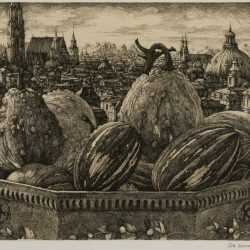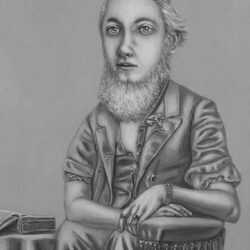Filter by Type
Filter by Category
Filter by Size
Filter by Year

A Few of Our Favorite Things: Selections from Childs Gallery
Press Release:
This holiday season we've asked our staff to share their favorite works of art at Childs Gallery. The resulting exhibition, A Few of Our Favorite Things, highlights an eclectic selection of beloved items and forgotten treasures from the gallery's extensive inventory. Most of the staff are art collectors themselves, representing a wide range of personal tastes, expertise, and collecting interests. We are thrilled to share a few of our favorite things and hope that you might find a shared vision or favorite of your own to add to your collection.
Childs Gallery's storied inventory has been growing and evolving since the gallery was first established in 1937. We focus on fine American and European artwork, including paintings, drawings, watercolors, prints, and sculpture, from the Renaissance through Contemporary. Only a small fraction of this inventory is ever on view at one time in the gallery's exhibition spaces. As we move from one thematic or solo exhibition to the next, the full range of our offerings is often not immediately apparent to our clients. A Few of Our Favorite Things provides us with the perfect opportunity to open up our storerooms and display the exciting breadth of our artwork.
Our comprehensive holdings are particularly appealing to today's eclectic taste, as it's the collector's eye, not the historic period or medium, which makes for a cohesive and personalized collection. Our inventory features superb paintings and sculpture from the past 200 years with an emphasis on mid-20th century American Modernism, Abstract Expressionism, Boston Expressionism, Social and Magic Realism, women artists of the last century, queer artists, and other important genres and movements. While Childs is historically known for a broad collection of Marine Art and New England Impressionism, our current holdings also reflect the changing tastes of our clients, as well as new scholarship on artists and art historical periods. We seek to bridge the art of today with the great artists of previous centuries.
As the selections in A Few of Our Favorite Things are wide ranging, Childs Gallery staff has provided a few brief explanations for choosing certain artworks for inclusion. As you visit the gallery and peruse the exhibition, please engage with staff to find out more about the diverse pieces on view!
Richard Baiano, President and Owner: Ignaz Marcel Gaugengigl was known as The Meissonier Of Boston for his small cabinet pictures of exquisite detail celebrating genre scenes in the Colonial Revival Style. Small Audience, circa 1882, is a masterwork of his oeuvre showcasing his astonishing painting skills as costumes, fabrics, furniture and facial expressions pulsate to a larger than life scene in this small cabinet picture.
Alex Davis, Executive and Curatorial Assistant: Itamjie #2 shows Rodger Blum's simultaneous mastery of control and embrace of the emergent and improvisational. Keeping in mind his successful career as a dancer and choreographer it is no surprise that the colors and shapes move across the cloth, inviting joy and allowing us to delight in the abstract.
Julie Edwards, Director: Reading from Frost transports the viewer to an idyllic hillside overlooking a farm. A small group of men and women relax and recline, listening to the poems of Robert Frost. I am always intrigued by the narrative quality of Molly Luce's paintings. She is an expert at setting a scene and letting a story unfold.
Kathryn Fields, Director: Though known during his lifetime for work in fashion photography, George Platt Lynes is now best renowned for his stunning, intimate portraits of the male figure. [Chuck Howard Laying Down with Arrow] features Chuck Howard, Lynes' model, muse, and partner for several years in the late 1940s and early 50s. Howard's intense gaze in this photograph is mesmerizing, and the work as a whole offers a revealing look at the relationship between artist and model.
Yvan Rosa, Gallery Assistant: In Don Joint's St. George Slaying the Dragon I enjoy the playfulness of the artist's appropriation of art historical sources. The painting, at once modern, bold, and colorful, is nevertheless enriched by familiarity with Crivelli's original work. Joint's transformation, a kind of metonymic fragmentation of the original painting, to me seems to mirror the fragmentary and partial nature of memory itself, prompting the viewer to compare and reexamine both works.
Craig Tevolitz, Senior Vice President: Louis Fratino has been one of my favorite artists since I first discovered his work at a small show in Los Angeles years ago, and it's been thrilling to see his career take off. I'm drawn to his unique expressionist style, which feels both familiar and fresh—like a modern echo of German Expressionism and Picasso but told through the lens of a young gay man's experience.


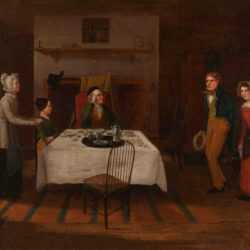
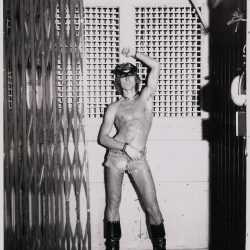



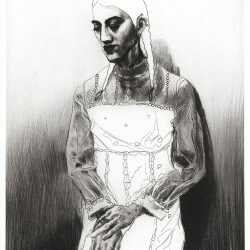
![Painting By William Partridge Burpee: [fisherman And Dory] At Childs Gallery](https://childsgallery.com/wp-content/uploads/william_partridge_burpee_fisherman_and_dory_cgl26343-27_childs_gallery-250x250.jpg)
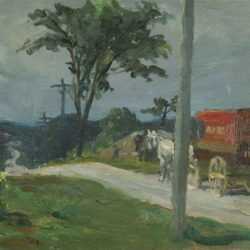
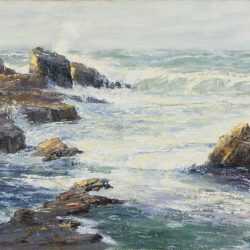

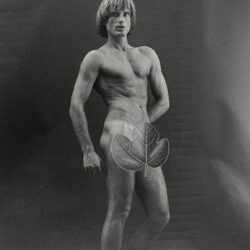
![Sculpture By Donald De Lue: [adam And] Eve At Childs Gallery](https://childsgallery.com/wp-content/uploads/donald_de_lue_adam_and_eve_86-62-15-07_childs_gallery-250x250.jpg)
![Sculpture By Donald De Lue: Adam [and Eve] At Childs Gallery](https://childsgallery.com/wp-content/uploads/donald_de_lue_adam_and_eve_86-62-14-07_childs_gallery-250x250.jpg)
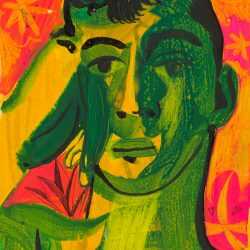
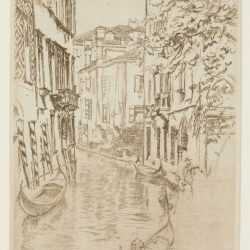

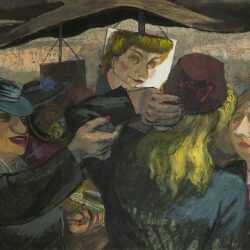
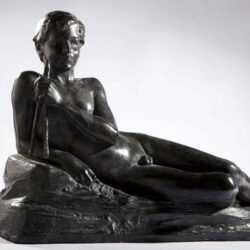

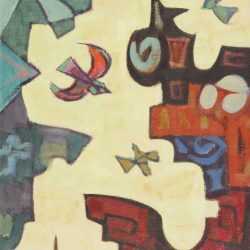
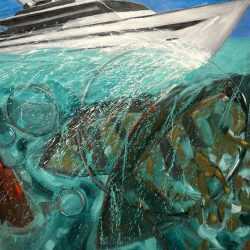
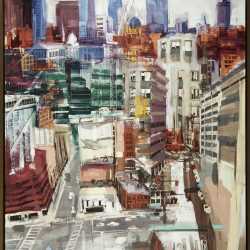
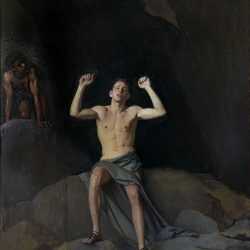


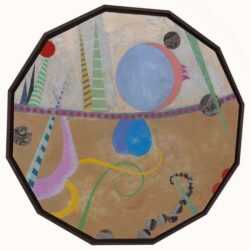
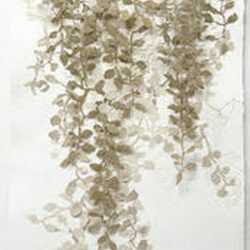
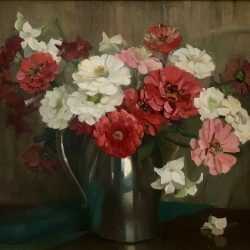
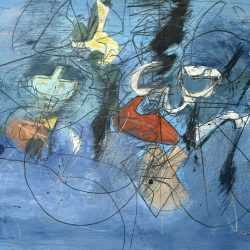
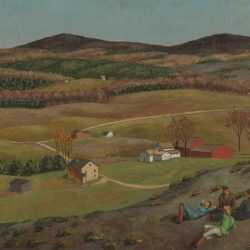
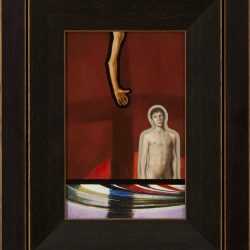
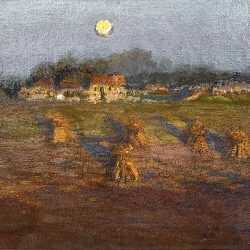

![Photograph by George Platt Lynes: [Chuck Howard Laying Down with Arrow], available at Childs Gallery, Boston](https://childsgallery.com/wp-content/uploads/george-platt-lynes_chuck-howard-laying-down-with-arrow_21-23-107_childs_gallery-250x250.jpg)
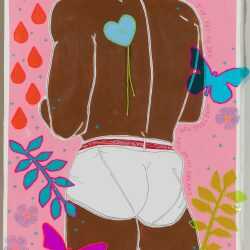
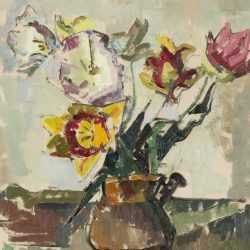
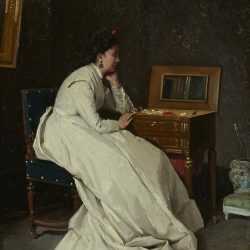
![Watercolor by Aiden Lassell Ripley: [Seated Woman], represented by Childs Gallery](https://childsgallery.com/wp-content/uploads/aiden_lassell_ripley__seated_woman__bb27279t_childs_gallery-250x250.jpg)
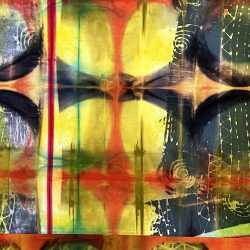

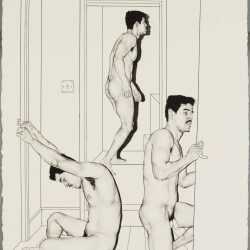
![Painting by Henry Rodman Kenyon: [Distant Landscape], available at Childs Gallery, Boston](https://childsgallery.com/wp-content/uploads/henry-rodman-kenyon_distant-landscape_childs_gallery-250x250.jpg)


![Watercolor by Anthony Thieme: [Mediterranean Villa], available at Childs Gallery, Boston](https://childsgallery.com/wp-content/uploads/anthony-thieme_mediterranean-villa_23-13-01_childs_gallery-250x250.jpg)
